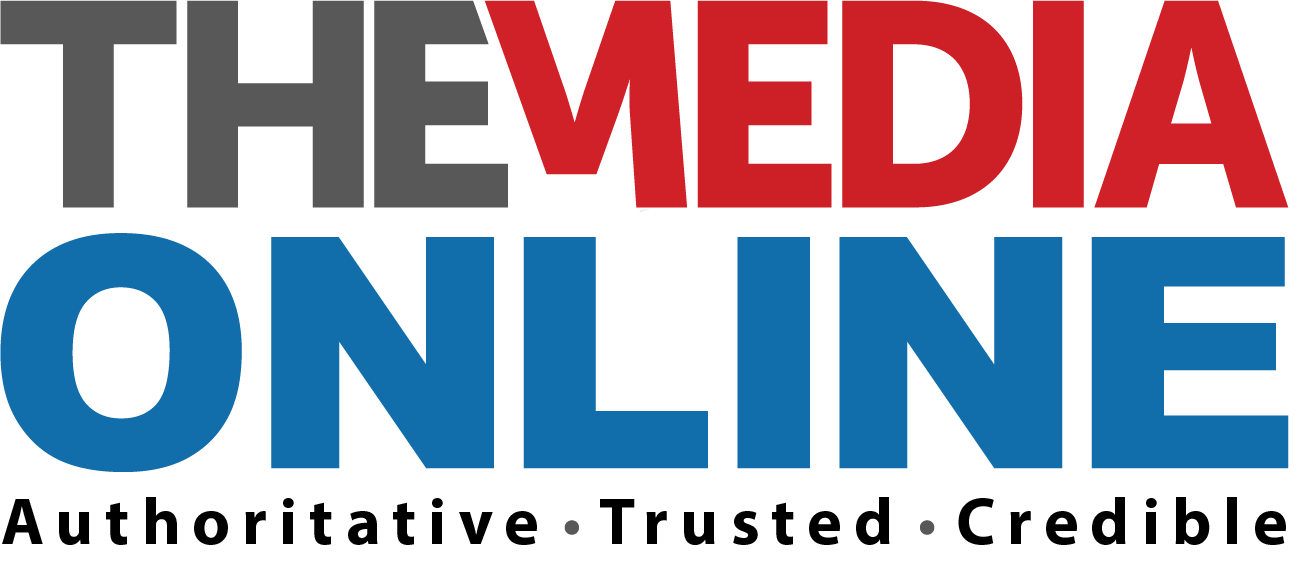Murkiness and misperceptions pervade the world of connected TV (CTV) ad buying. So don’t feel bad if it’s confusing to you, too – even the Cat in the Hat doesn’t know a lot about that.
CTV advertising is important because streaming video viewing on TV has upended the world of linear TV, and has the promise of delivering the best of TV advertising’s impact and reach with digital advertising’s targeting, measurement and interactivity.
But, as I wrote last week, there is a huge gap today between perception and reality in the CTV ad world.
As it should, CTV advertising is becoming a critical pillar in the premium video media plans of major brand advertisers, and performance marketers are starting to find ways to use it as well.
Unfortunately, the CTV ad ecosystem doesn’t yet have many of the guard rails that advertisers and their agencies are used to in media channels that command tens of billions of dollars of annual spend.
For example:
Verification of ad delivery is a misnomer
Companies that call themselves ad-verification companies are the first to admit they can’t actually verify whether CTV ad deliveries happened on connected TVs, let alone were watched in real households by real people.
Fraud and faux reporting are prevalent
CTV advertising is being flooded by bad actors and faux technology — for the same reason that the notorious Willie Sutton gave when asked why he robbed banks: “Because that’s where the money is.”
Mislabelling is a problem
Most demand-side-driven programmatic CTV ad transactions are still out of compliance with the “instream video” labelling standard mandated by the Interactive Advertising Bureau Tech Lab more than a year and a half ago, which means that your “CTV ads” might be sound-off web video thumbnails “below the fold” on a web page.
Still, help is on the way! The market is starting to pay attention and to respond.
I was excited to learn earlier this week that one of the largest CTV ad platforms in the market, Comcast’s FreeWheel, has taken significant steps to compress the CTV ad buying supply chain and remove most of the supply-side platform hops — and fees — between buyers and sellers.
Supply-constrained
Basically, that’s letting buyers cut out the middlemen and get the best of both worlds — buying with direct access to premium publisher supply, and doing it with full programmatic transactional capabilities.
This is big.
Premium CTV ad inventory is fundamentally supply-constrained. Trying to run it through multiple intermediary hops not only increases the costs to the advertiser, but decreases the yield for the media owner. Critically, it also opens the entire ecosystem up to fake or misrepresented inventory.
Some might like messes that are so big and so tall, and enthralled to make margin in the resulting brawl. I would rather choose the solutions that avoid all these issues.
And how about you?
This story was first published by Mediapost.com and is republished with the permission of the audience.

Dave Morgan, a lawyer by training, is the CEO and founder of Simulmedia. He previously founded and ran both TACODA, Inc, an online advertising company that pioneered behavioural online marketing and was acquired by AOL in 2007 for $275 million, and Real Media, Inc, one of the world’s first ad serving and online ad network companies and a predecessor to 24/7 Real Media (TFSM), which was later sold to WPP for $649 million. Follow him on Twitter @davemorgannyc\














